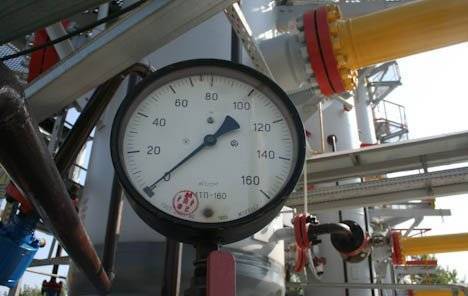"Europe’s gas demand has undergone a renaissance in the last years. Gas demand growth has returned since 2014 and has been underpinned by the power sector. Higher coal prices and carbon prices will continue to support the gas demand," he said.
Douglas noted that on the supply side, with Europe's largest gas field set to be shut-in by 2032 and new supply getting more costly as developments become deeper, remoter and more complex, Europe's dependency on imports will grow.
And while the Southern Corridor unlocks a new import source, challenges remain to sustain other pipe supplies from the south, he said.
"National coal phaseout policies are being enacted across Europe and will continue to support gas demand through to mid-2020s. Europe’s largest gas field Groningen in the Netherlands will be shut-in wiping 18 percent from Europe’s indigenous production by 2025," he said.
Douglas pointed out that Europe’s 2010-2017 average import dependency stood at 254 bcma (51 percent). The 2020 import dependency will be 326 bcm (63 percent) and 2025 import dependency is expected to stand at 369 bcm (69 percent).















































